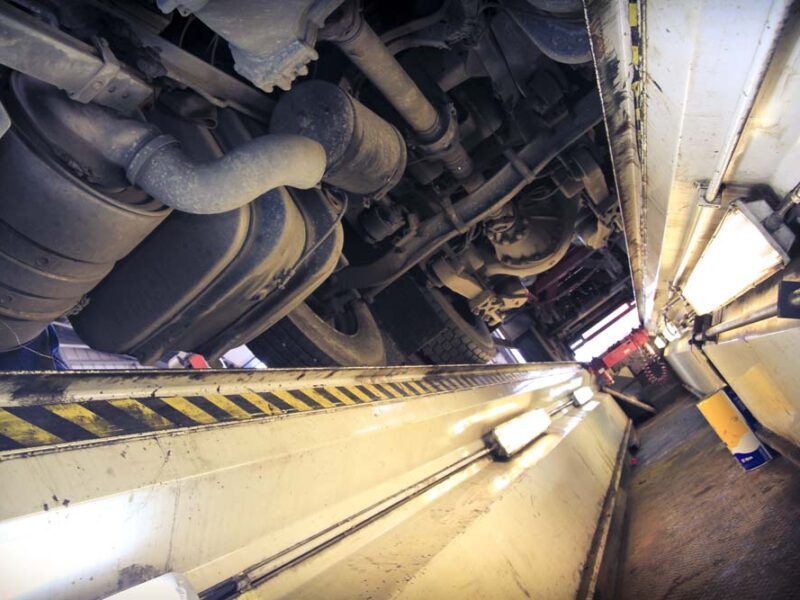The Coronavirus Job Retention Scheme ("CJRS") set up earlier in 2020 will be wound down by the Chancellor by October 2020. From 1st July 2020, employers have been able to implement flexible furlough arrangements including part-time arrangements. The rules of the CJRS state that the employer must however keep a new written agreement to record this variation to the terms of employment for each employee. It also requires the employer to pay the employees their salary for all full hours worked. The cap is still at present limited to £2,500.00.
Employers will also have to pay Employer National Insurance and Employer Pension contributions with effect from 1st August 2020. From 1st September 2020, employers will have to also pay 10% of wages with CJRS paying 70% for those employees who are still furloughed.
For those employers who are struggling to sustain pre-Covid business levels the ending of the CJRS could have a huge impact on maintaining their existing workforce. The advice is that every employer must review its business plan, establish which parts of the business is economically viable post CJRS, communicate and consult with its staff and inform them whether or not there will be redundancies or whether or not there will be a reduction to hours worked where there is reduced business levels. Many who have not already begun a redundancy process will not be contemplating their options where the business has little prospect of improving. If you need any legal advice in commencing a redundancy process please contact us and we will be able to offer practical and sensible advice to make sure you avoid any pitfalls.
Since 1st August 2020, individuals classified as being clinically vulnerable or clinically extremely vulnerable who have been shielding will be able to return to the workplace if they cannot work from home. As a business, you need to know what are the legal requirements placed on an employer to ensure that this category of vulnerable people is safe in the workplace and to avoid the risk of any claims under employment law. Firstly, from 1st August 2020, Statutory Sick Pay no longer applies to shielding workers. Those shielding can remain on furlough beyond August 2020 or can even be re-furloughed under the CJRS if they have previously been furloughed for a full three-week period before 30th June 2020.
Where this category of vulnerable individuals is to return to the workplace, and employer would be prudent to undertake a full risk assessment. The questions to ask are:
- What reasonable adjustments do you need to make?
- What is the cost of this on the business?
- Is there any other solution to bringing this particular individual back to the workplace?
For employers, failure to make the right decision could potentially lead to claims for discrimination, breach of Health & Safety legislation, potential whistle-blowing claims and so forth.
If you need any help or advice to avoid these pitfalls then please contact Simonne McIvor on 01279 818280 or click here to send an email. We are here to help.

More News and Insight

Social Media – Have you Thought about your Employees’ Use?
Social Media is all encompassing in the modern world, but although it brings many positives, it can place employers in vulnerable positions if their employees’ use is not carefully defined…

Changes to the Clandestine Entrant Civil Penalty Scheme means a Stitch in Time Really Does Save Nine!
The Clandestine Entrant Civil Penalty Scheme has been in place for over 20 years. It is designed to complement law enforcement activity against criminals who smuggle people into the UK illegally as well as deter those who decide to try to enter the country without permission…

Driving in the UK? Read about the latest Rule Changes in 2024
Earlier this year various new driving laws were introduced, impacting both standard road users as well as HGV and PSV road users across England, Wales & Scotland. If you are driving in the UK, especially if you are a commercial driver, then you should ensure that you are aware of these amendments and new rules…

Self-Driving Cars on UK Roads to be Reality by 2026
It seems that one of the first areas that will be breaking the ground in the AI revolution into most people’s everyday lives will be Self-Driving cars! Of course we have heard all this before, and more than once!

Are You Taking your Responsibilities to Maintain your Vehicles Seriously?
Running a haulage business is not an easy undertaking. There are a multitude of decisions to be made on a daily basis before any driver actually gets behind the wheel and delivers the goods (or passengers!).

Update to the Guide to Registering & Operating Local Bus Services in England & Wales
The Senior Traffic Commissioner’s guide to registering and operating local bus services in England and Wales is intended to help operators of local bus services understand the requirements for registering a service.

Changes to the HGV & PSV Test Regime for Earned Recognition Operators
In March 2021 the Government began a review into the processes for commercial vehicle testing to look at ways it could improve the regime for operators whilst still maintaining high safety standards for any vehicle used commercially on the UK’s roads.

Employment Law Updates for 2024
The Government has confirmed several legislative employment law changes to be implemented 2024, which aim to bring about a “fairer workplace for employees”.

Campaign to Bar Schools from using Section 19 Permits
In March 2024 a campaign was started to end the operation of minibuses by schools and colleges under Section 19 permits.

Moving to a Digital First Approach in Heavy Vehicle Testing
The DVSA has published an update to their digital transformation project for heavy vehicle testing. The update is for the new Manage Your Vehicle Testing (MyVT) digital service across vehicle testing.

Traffic Commissioner Highlights Abuse of Section-19 Permits
In a Section 19 Public Inquiry hearing heard last year (2023) the Traffic Commissioner highlighted again the importance of permit operators ensuring that their vehicles allow passengers and other road users to be safe.

Enero Logistics Ltd – the Law for Operators on Agency Drivers
At one time or another, many transport companies need to rely on the services provided by agency drivers, to best cope with sudden fluctuations in demand or to fill driver shortages. This allows for the undisrupted continuation of services by these organisations.
